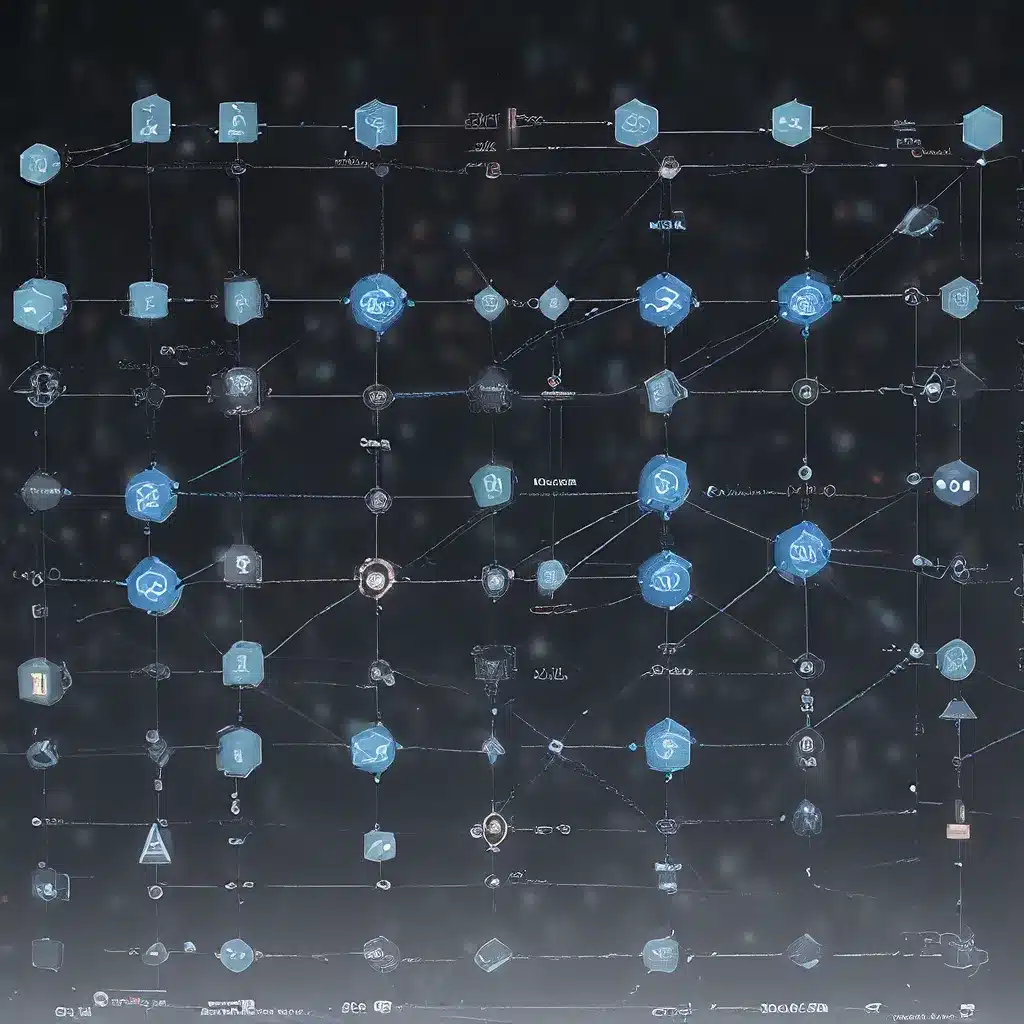
Navigating the Complexity of Sensor Networks
In today’s rapidly evolving technological landscape, sensor networks have emerged as a pivotal component of the Internet of Things (IoT). These interconnected arrays of sensors are revolutionizing the way we gather, process, and utilize data, paving the way for unprecedented advancements in automation, monitoring, and control across a wide range of industries.
As the demand for scalable and efficient sensor-based systems continues to grow, researchers and engineers have turned their attention to distributed algorithms – innovative computational strategies that can enhance the scalability and performance of these critical networks. By harnessing the power of distributed processing, these algorithms can tackle the inherent complexity of sensor networks, optimizing everything from energy management to data aggregation and security.
Distributed Algorithms: The Key to Scalable Sensor Networks
Distributed algorithms are a class of computational methods that leverage the collective resources and processing power of multiple networked nodes or devices. In the context of sensor networks, these algorithms play a crucial role in enhancing scalability, efficiency, and resilience.
One of the primary advantages of distributed algorithms is their ability to handle large-scale sensor deployments without compromising performance. By distributing computational tasks across multiple nodes, these algorithms can process data in parallel, reducing the burden on any single device and enabling the network to scale seamlessly as the number of sensors grows.
Moreover, distributed algorithms can optimize energy consumption by intelligently coordinating sensor activity, duty cycling, and data transmission. This is particularly important in battery-powered or energy-harvesting sensor networks, where efficient power management is a critical concern.
Distributed algorithms can also enhance the security of sensor networks by enabling decentralized monitoring, anomaly detection, and response mechanisms. By distributing security-related tasks across multiple nodes, these algorithms can detect and mitigate threats more effectively, reducing the risk of single points of failure.
Unlocking the Potential of Sensor-based Automation
The application of distributed algorithms in sensor networks has unlocked a wealth of possibilities for sensor-based automation. These advanced computational strategies have enabled the development of sophisticated control systems, optimized for efficiency, scalability, and resilience.
In industrial settings, for example, distributed algorithms power smart factory systems, coordinating the operation of numerous sensors, actuators, and control devices to streamline production, minimize downtime, and enhance overall efficiency. These algorithms can also be applied to building automation systems, optimizing energy usage, environmental control, and security across large-scale facilities.
Beyond industrial applications, distributed algorithms have also revolutionized environmental monitoring and smart city initiatives. Sensor networks equipped with these computational strategies can gather and analyze real-time data on air quality, traffic patterns, energy consumption, and more, enabling data-driven decision-making and automated responses to optimize resource utilization and improve citizens’ quality of life.
Navigating the Challenges of Sensor Network Design
While the advantages of distributed algorithms in sensor networks are clear, the design and implementation of these systems are not without their challenges. Sensor network architects must navigate a complex landscape of technical, operational, and security-related considerations to ensure the success of their deployments.
Interoperability is a critical concern, as sensor networks often comprise a diverse array of devices, protocols, and communication standards. Distributed algorithms must be capable of seamlessly integrating and coordinating these heterogeneous components, ensuring smooth data flow and efficient decision-making.
Energy management is another crucial aspect of sensor network design, as many deployments rely on battery-powered or energy-harvesting sensors. Distributed algorithms must optimize power consumption, balancing the needs of data collection, processing, and communication to maximize the network’s operational lifespan.
Security is also a prominent consideration, as sensor networks are inherently vulnerable to a range of cyber threats, from data breaches to malicious interference. Distributed algorithms must incorporate robust security measures, including encryption, authentication, and anomaly detection, to safeguard the integrity of the network and the data it collects.
Conclusion: Embracing the Future of Sensor-based Automation
As the IoT landscape continues to evolve, the role of sensor networks and distributed algorithms in driving scalable, efficient, and secure automation will only grow more significant. By harnessing the power of these innovative computational strategies, engineers, and researchers are paving the way for a future where sensor-based systems seamlessly integrate with our daily lives, optimizing everything from industrial processes to urban infrastructure.
Whether you’re a professional in the field, a researcher exploring the latest advancements, or an enthusiast eager to stay at the forefront of technological trends, understanding the principles and applications of distributed algorithms in sensor networks is crucial. By staying informed and embracing these transformative technologies, you can be a part of the exciting journey towards a more connected, efficient, and sustainable future.
Explore the https://sensor-networks.org/ website to delve deeper into the world of sensor networks, IoT, and related technologies, and discover how distributed algorithms are shaping the future of automation.